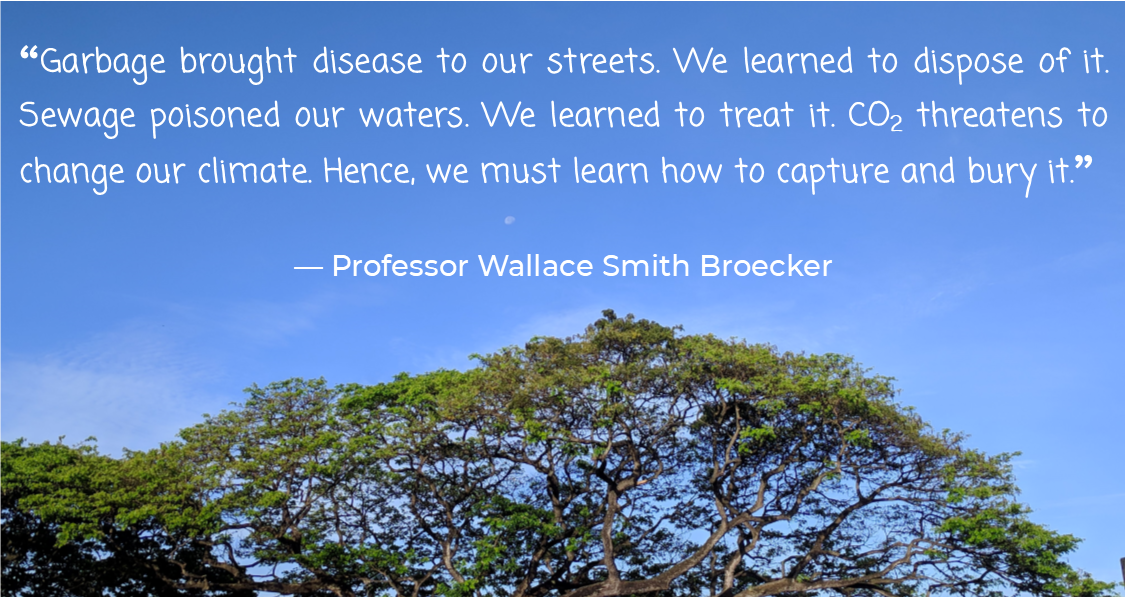THE CERM PROJECT |
 The climate change goal of the Paris Agreement – to keep global temperature rise below 1.5 degrees Celsius – cannot be accomplished by reducing carbon emissions alone. Even if the total greenhouse gas emissions were reduced to zero in the future, the carbon already present in the atmosphere would continue to influence rising global temperatures. In order to achieve carbon neutrality, mechanisms for carbon capture and storage need to be implemented. Carbon neutrality is defined as zero net release of carbon dioxide into the atmosphere. Industries and organizations can achieve this by balancing the amount of carbon dioxide emitted with an equivalent amount sequestered either through CCS projects, carbon offsetting or by purchasing carbon credits if available. Carbon offsetting involves the reduction of emissions through external projects such as funding for environmental activities that will remove or prevent CO2 emissions, like tree planting initiatives. Steps to Carbon Neutrality Here are some steps that a company or organization can take to progress towards carbon neutrality.
0 Comments
|
About CERMThe CERM Project is a collaboration between academic institutions, The University of the West Indies (UWI) and The University of Trinidad & Tobago (UTT), and Government Energy Institutions - the Ministry of Energy and Energy Industries (MEEI), Heritage Petroleum Company Ltd and the National Gas Company (NGC) to reduce carbon dioxide emissions in the energy sector Archives
May 2020
|
Proudly powered by Weebly
